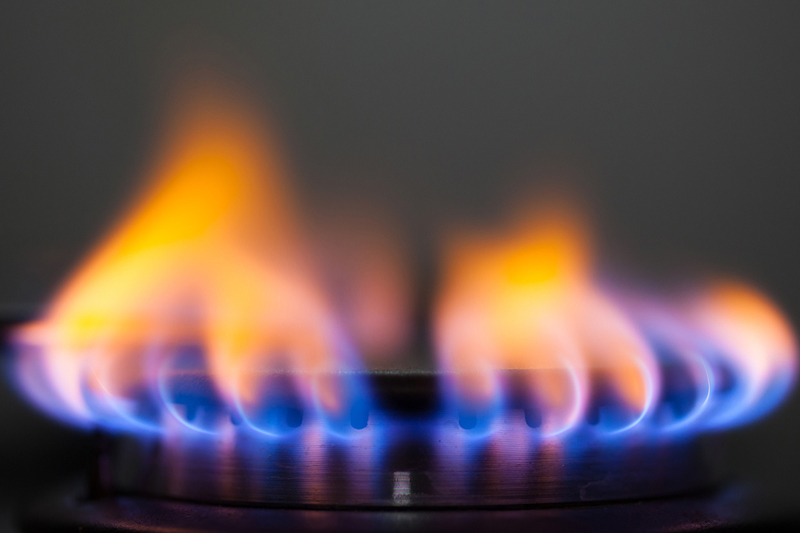By Ekaterina Kravtsova
LONDON (Reuters) - After a record influx of liquefied natural gas (LNG) into Europe last year, the region is on track to raise imports close to 100 million tonnes this year, analysts said.
With LNG demand falling in Japan and South Korea and rising more slowly than previously expected in China last year, Europe has become the major destination for cargoes unwanted in Asia.
Analysts expect that from a record of around 85 million tonnes of LNG delivered to Europe last year, the region will increase its purchases by more than 10 million tonnes in 2020.
"Uncommitted cargoes will largely end up in northwest Europe, a region which plays a key balancing role in periods of oversupply," Refinitiv analysts said in a report this week.
The excess will average around 78 cargoes this year, they added, which may increase Europe's imports to 96 million tonnes.
For comparison, around 76 million tonnes were delivered last year to Japan, the world's largest LNG importing country.
Already in January this year, European LNG imports were 2 million tonnes higher than in January 2019, data from Refinitiv Eikon shows.
For a graphic on January European LNG imports in 2020, 2019 and 2018, click https://fingfx.thomsonreuters.com/gfx/ce/7/8326/8307/graph%201%20jan.png
This year's rise may seem modest compared to last year's spike of around 30 million tonnes, but it is significant given how oversupplied the European gas market already is.
"There is less room to inject gas in storage this summer and a lot of coal to gas switching has already taken place," said Trevor Sikorski, head of natural gas and carbon research at Energy Aspects.
He estimated that European LNG imports would grow to around 100 million tonnes this year, provided there are no supply cuts.
The main result of the increase will be a further decline in gas prices in Europe.
This winter, the average price for the day-ahead price in the Netherlands in December and January, the most liquid market in Europe, was 12.10 euros per megawatt hour (MWh), price data on Refinitiv Eikon showed.
That is equivalent to around $3.95 per million British thermal units (mmBtu), and is the lowest for this period since January 2004.
Several gas traders said they expect spot prices on the Dutch market to trade as low as 7-8 euros per MWh, equivalent to around $2.4/mmBtu, later this year.
For a graphic on LNG influx reshapes traditional price spreads in Europe, click https://fingfx.thomsonreuters.com/gfx/ce/7/8332/8313/graph%204%20jan.png
The shift is taking place as new LNG export projects in the United States and Russia are directing most of their supplies to Europe.
For example, the U.S. has been by far the largest LNG exporter to Europe in the first month of 2020, followed by Russia, and then Qatar.
Russia's Gazprom (MCX:GAZP), the largest pipeline exporter into Europe, had cut deliveries by 1.3% to countries outside the former Soviet Union last year from the record high reached in 2018.
It delivered 199.2 billion cubic metres, equivalent to 146 million tonnes of LNG.
For a graphic on Major LNG exporters to Europe in January 2020, 2019 and 2018, click https://fingfx.thomsonreuters.com/gfx/ce/7/8327/8308/graph%202%20jan.png
